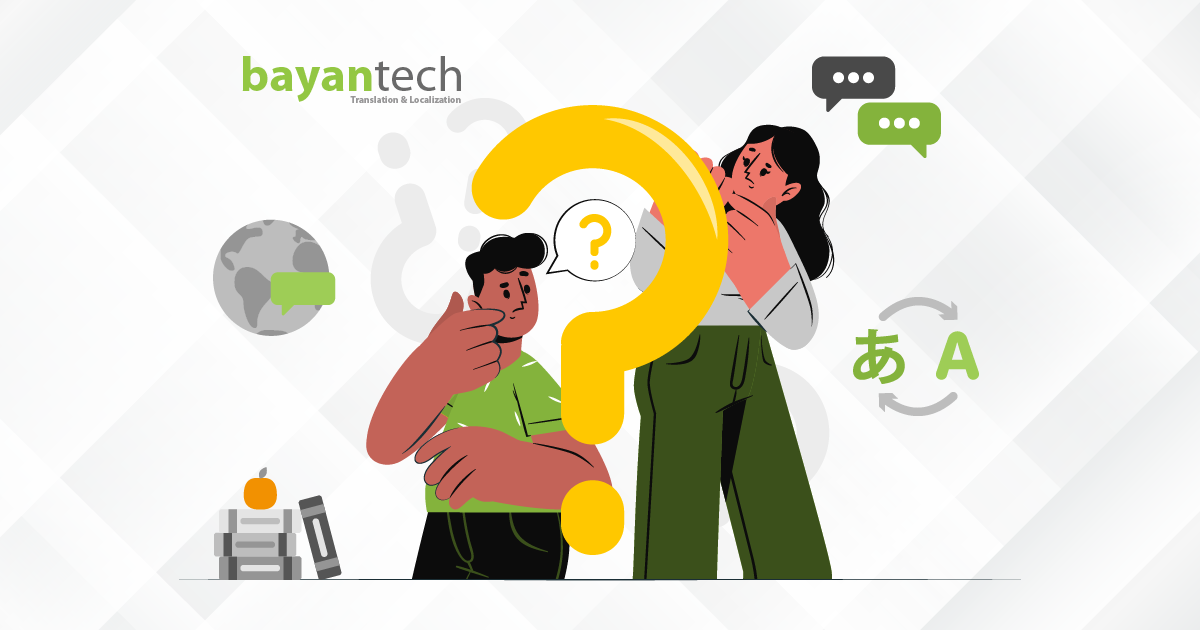You’ve got this translation project in hand, and now after contacting a translation agency, everyone keeps bringing up DTP every 5 minutes stressing how crucial it is that you integrate multilingual desktop publishing services into your translation project. So, what’s this all about?
Have no worries, DTP isn’t rocket science and understanding the role of it won’t be like having to deal with an overwhelming sea of information. In fact, it is really enlightening to get the hang of how DTP features add up to a professional-class translation and localization project.
So, we bring you this blog post to help you get started.
But before we go into detail on that front, take a few minutes to go through these questions.
If you have a brochure that you want to translate into multiple languages,
- Will there be any changes to the source layout?
- Do you expect the translated text to fit in the original layout?
- Do you think the different versions of your documents will look the same?
Multilingual desktop publishing gives us a framework that helps with explaining the answers to these questions.
What Is Multilingual Desktop Publishing (DTP)?
It is the process of creating and recreating (adapting) the entire composition of the content of online and print documents, redesigning the layout, and rearranging and combining all the visual elements (text, graphics, tables, charts…etc.) using advanced technology and computer software to create correctly formatted documents. Then, they can be published in multiple languages either in separate files or within the same file.
While translating your documents into multiple languages makes changes to the entire layout and design inevitable, multilingual desktop publishing, which is also commonly referred to as DTP, ensures producing translated documents of consistent layout across all language versions, while staying faithful and as close to the source document as possible in terms of layout and design.
And because bad designs and messy layouts don’t certainly give a good first impression, one of the significant roles that DTP plays is enhancing the look and feel of your documents making them appealing to your target audience. It’s the layout that really pumps brilliance to your content and documents. First impressions last, and in real life, people usually judge by the looks because it’s a good indication of what is going on inside. And even if this sounds a fragile concept, when it comes to content and design, it is the plain truth. A well-designed document is your way to impress your audience and invites them to engage with your message.
When Do You Need DTP Services?
Basically, multilingual desktop publishing goes hand in hand with translation and localization services.
DTP services are most indispensable and effective for creating multilingual visually/graphic-rich documents and applications such as brochures, leaflets, presentations, magazines, manuals, slideshows, websites, mobile applications…etc.
Why Do You Need DTP for Your Translation and Localization Projects?
Translating these digital files into different languages has its challenges because it brings about changes.
Here are some of these changes:
- Text Expansion and Contraction
When a document is translated, the target language may take up more or less space than the source language, being referred to as text expansion and contraction in the translation industry. Text expansion and contraction take place because some languages are wordier than others, i.e. they use more words express a meaning than other languages. For example, a document with 1,000 Arabic words translated into English will convert into approximately 1,250 target words. This could lead to text running into the next page, ruining your original perfectly-designed layout. To that end, formatting is required to adjust the layout, resolve any text display issues, and fix line breaks, spacing, tables, margins…etc.
- Character Support and Direction Issues
The font you are using in your source document might not support the characters and writing systems of the target languages. This is exceptionally significant for Asian languages, where it’s essential to use appropriate fonts – that respect the culture of the people – and seek alternatives to italicizing, for instance. Another challenge is the text direction of the language, such Arabic which is a right-to-left language (RTL). In which case, multilingual desktop publishing services entail reversing the layout due to text direction, but without compromising the intended message of the content.
- Localization of the Visual Aspects
In the pre-translation stage, DTP specialists review the source and extract text out of the file so that linguists and translators translate and localize it. However, this isn’t the only part where localization takes place. With multilingual DTP, the visual elements of your document are also localized, adapting images, logos, graphics, colors, themes, shapes, and more to be culturally-relevant to your target audience. Tailoring these elements to the preferences of your audience ensures that you avoid offending their culture and that you convey your message in a way that they understand and relate to and in a way that sparks their interest, while staying true to the essence of your original message and your brand identity and values.
Conclusion
Eyes are windows to the soul and appearance is the window to your content. Multilingual desktop publishing services are more in demand than ever because no matter how polished your content is, with a cluttered layout, it won’t cut it. DTP is all about creating a visually-attractive uniform layout that’s customized to the target locale’s linguistic and cultural preferences and that matches your brand design and image. Now, you can publish your documents of multiple-language versions without any headaches about formatting and layout issues such as text expansion and contraction, character support and language direction, and localization of your documents’ visual aspects.
With these aspects in mind, DTP is all about artistry, design capabilities, and expertise, and probably why you can’t just let anyone manage your DTP and formatting projects, because otherwise, the final product will be rather disappointing.
With 15 years’ experience, bayantech brings a unique blend of knowledge, skills, expertise, and craftsmanship to ensure that the final product is perfectly satisfying. Contact us to learn more about our multilingual desktop publishing services.









